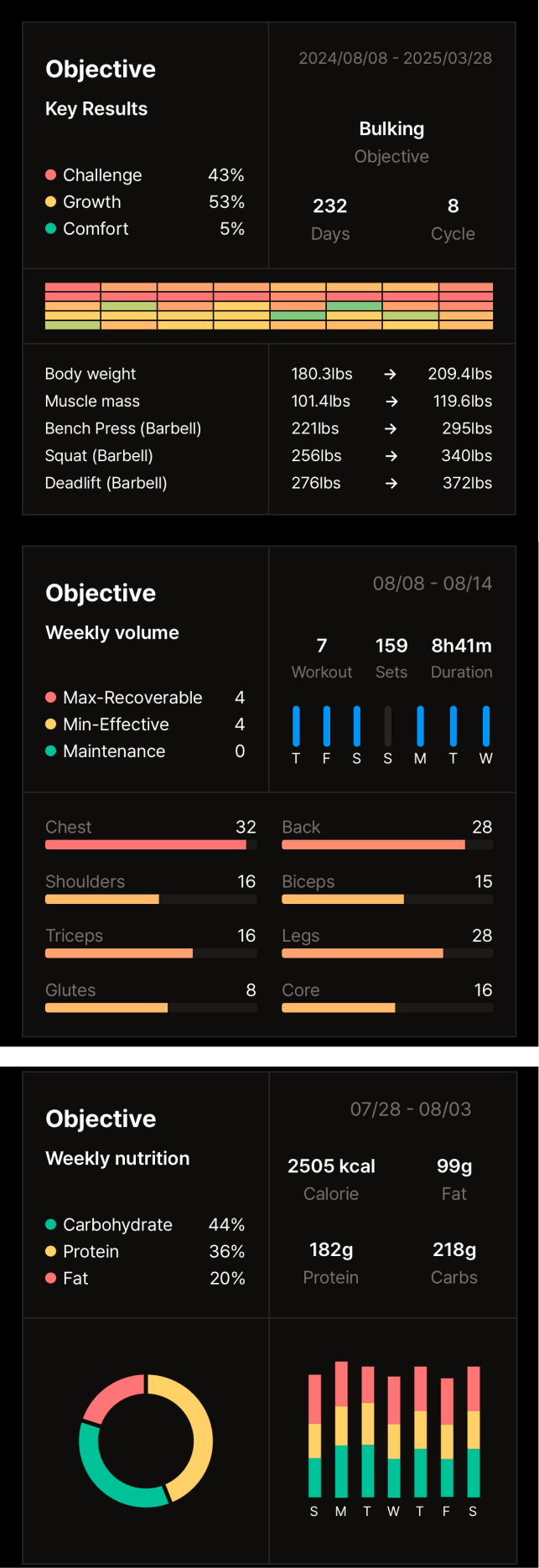Essential Fats for Recovery & Hormone Balance
Did you know that not all fats are bad for you? In fact, some are essential for your health! Many people believe all fats are detrimental to their well-being. However, essential fats play a crucial role in recovery and hormone balance. This blog post will explore the world of healthy fats, highlighting their importance in various bodily functions. Are you consuming the right types of fats to support your body’s needs?
Understanding Essential Fatty Acids
What are Essential Fatty Acids?
Essential fatty acids are fats your body cannot produce on its own, meaning you must obtain them through your diet. They differ from non-essential fats, which your body can synthesize. Two key types of essential fatty acids are Omega-3 and Omega-6. These fatty acids are polyunsaturated, meaning their chemical structure contains multiple double bonds. This structure influences their function in the body.
Why Your Body Needs Them
Essential fatty acids are vital for several key functions. They are integral components of cell membranes, influencing their structure and fluidity. They also play a critical role in brain function, contributing to cognitive health and development. Furthermore, essential fatty acids facilitate the absorption of fat-soluble vitamins like A, D, E, and K. Think of essential fatty acids as the building blocks for healthy cells and the facilitators of crucial bodily processes. ![[Diagram showing cell membrane structure with highlighted essential fatty acids]](https://storage.googleapis.com/objective-web/blog-images/essential-fats-for-recovery-hormone-balance-1740135821666.webp)
The Role of Healthy Fats in Recovery
How Fats Aid in Muscle Recovery
Muscle recovery after exercise involves repairing damaged muscle fibers. Essential fatty acids play a crucial role in this process by reducing inflammation and providing the building blocks for new cell membranes. Imagine a construction worker needing bricks to rebuild a wall. Essential fatty acids act like those bricks, helping to repair and rebuild muscle tissue. ![[Image of an athlete stretching after a workout]](https://storage.googleapis.com/objective-web/blog-images/essential-fats-for-recovery-hormone-balance-1740135823280.webp) For instance, a marathon runner who incorporates adequate healthy fats into their diet may experience less muscle soreness and recover faster after a long run.
For instance, a marathon runner who incorporates adequate healthy fats into their diet may experience less muscle soreness and recover faster after a long run.
Inflammation Reduction and Recovery
Omega-3 fatty acids, a type of essential fatty acid, possess potent anti-inflammatory properties. Inflammation is a natural response to injury or stress, but chronic inflammation can hinder recovery and lead to health problems. Research indicates that Omega-3s can help reduce inflammation, thus promoting faster recovery and reducing pain. A 2011 study published in the Journal of the International Society of Sports Nutrition demonstrated that Omega-3 supplementation reduced muscle soreness and improved recovery time in athletes.
Hormone Balance and Essential Fatty Acids
How Fats Affect Hormone Production
Hormones are chemical messengers that regulate various bodily functions, from growth and development to mood and reproduction. Fats are essential for hormone production, particularly steroid hormones like estrogen and testosterone. These hormones are synthesized from cholesterol, a type of lipid. Hormone imbalances can lead to various health issues, including irregular menstrual cycles, mood swings, and fertility problems. ![[Diagram illustrating hormone synthesis pathways involving cholesterol]](https://storage.googleapis.com/objective-web/blog-images/essential-fats-for-recovery-hormone-balance-1740135824827.webp)
Foods That Support Hormonal Health
Consuming a diet rich in both Omega-3 and Omega-6 fatty acids is crucial for maintaining hormonal balance. Omega-3 rich foods include fatty fish like salmon, mackerel, and tuna, as well as plant-based sources like flaxseeds and walnuts. Omega-6 rich foods include vegetable oils like corn oil, soybean oil, and sunflower oil, as well as nuts and seeds.
| Fat Source | Omega-3 Content | Omega-6 Content | Benefits | |-----------------|-----------------|-----------------|---------------------------------------------| | Salmon | High | Moderate | Supports heart health, brain function, and hormone balance | | Walnuts | Moderate | High | Improves cognitive function and reduces inflammation | | Flaxseeds | High | Low | Excellent source of fiber and plant-based Omega-3s | | Avocado | Low | Moderate | Rich in healthy monounsaturated fats, supports heart health | | Olive Oil | Low | Low | Promotes heart health and reduces inflammation |
Finding the Right Balance
Omega-3 vs. Omega-6: Striking the Right Ratio
While both Omega-3 and Omega-6 fatty acids are essential, maintaining the right balance between them is crucial. The typical Western diet tends to be high in Omega-6s and low in Omega-3s, which can contribute to inflammation and other health problems. Aiming for a ratio closer to 1:1 or even 4:1 (Omega-6:Omega-3) can be beneficial for optimal health. This can be achieved by increasing your intake of Omega-3 rich foods and reducing your consumption of processed foods high in Omega-6s. ![[Infographic showing the ideal Omega-3 to Omega-6 ratio]](https://storage.googleapis.com/objective-web/blog-images/essential-fats-for-recovery-hormone-balance-1740135826181.webp)
Practical Tips for Incorporating Healthy Fats
Integrating healthy fats into your diet doesn't have to be complicated. Here are some practical tips:
- Add a handful of walnuts or flaxseeds to your breakfast cereal or yogurt.
- Include fatty fish like salmon or tuna in your meals twice a week.
- Use olive oil or avocado oil for cooking and salad dressings.
- Snack on almonds or a small portion of avocado.
- Read nutrition labels carefully to identify hidden sources of unhealthy fats and choose products with a higher proportion of unsaturated fats. Look for terms like "monounsaturated" and "polyunsaturated" fats on food labels.
Conclusion
Essential fatty acids are crucial for both recovery and hormone balance. They play vital roles in cell function, muscle repair, inflammation reduction, and hormone synthesis. Understanding the difference between essential and non-essential fatty acids, as well as the importance of balancing Omega-3 and Omega-6 intake, empowers you to make informed dietary choices. Assess your current diet and consider incorporating more healthy fat sources. Explore further resources on nutrition to deepen your understanding of dietary needs and optimize your health. Start today by adding a portion of healthy fats to your meal and experience the benefits!

